MARIA BLANCHARD (1881-1932)
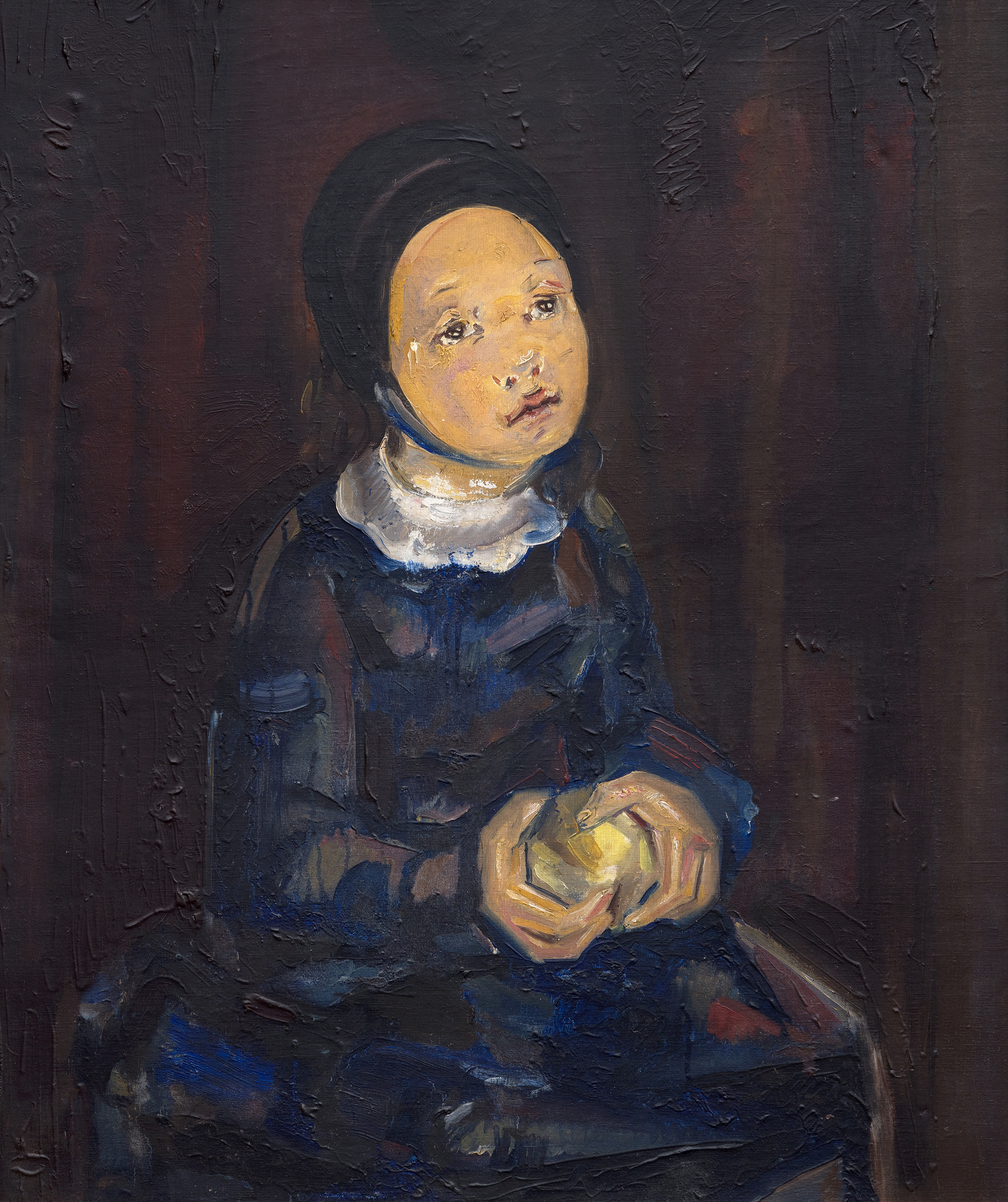
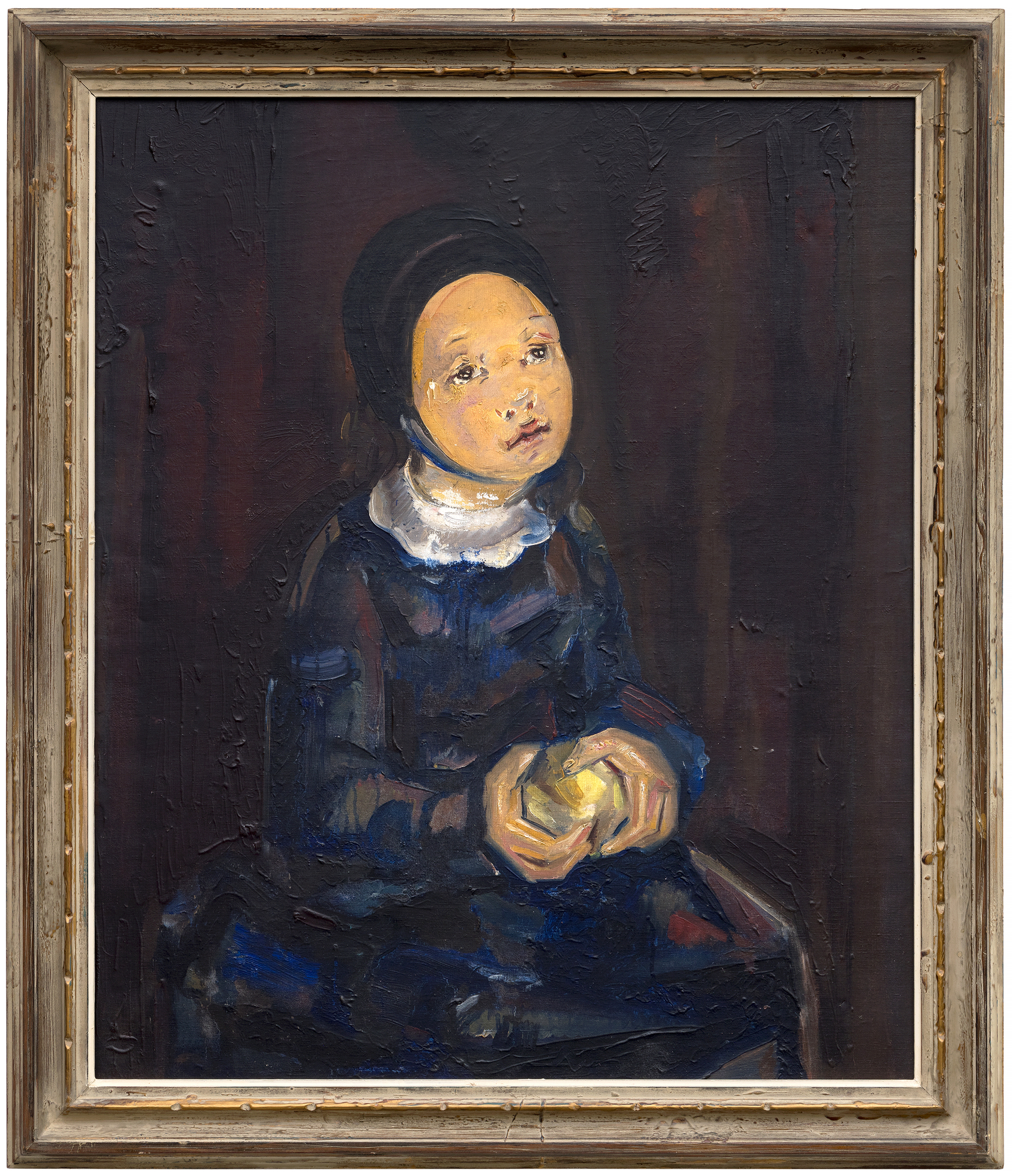
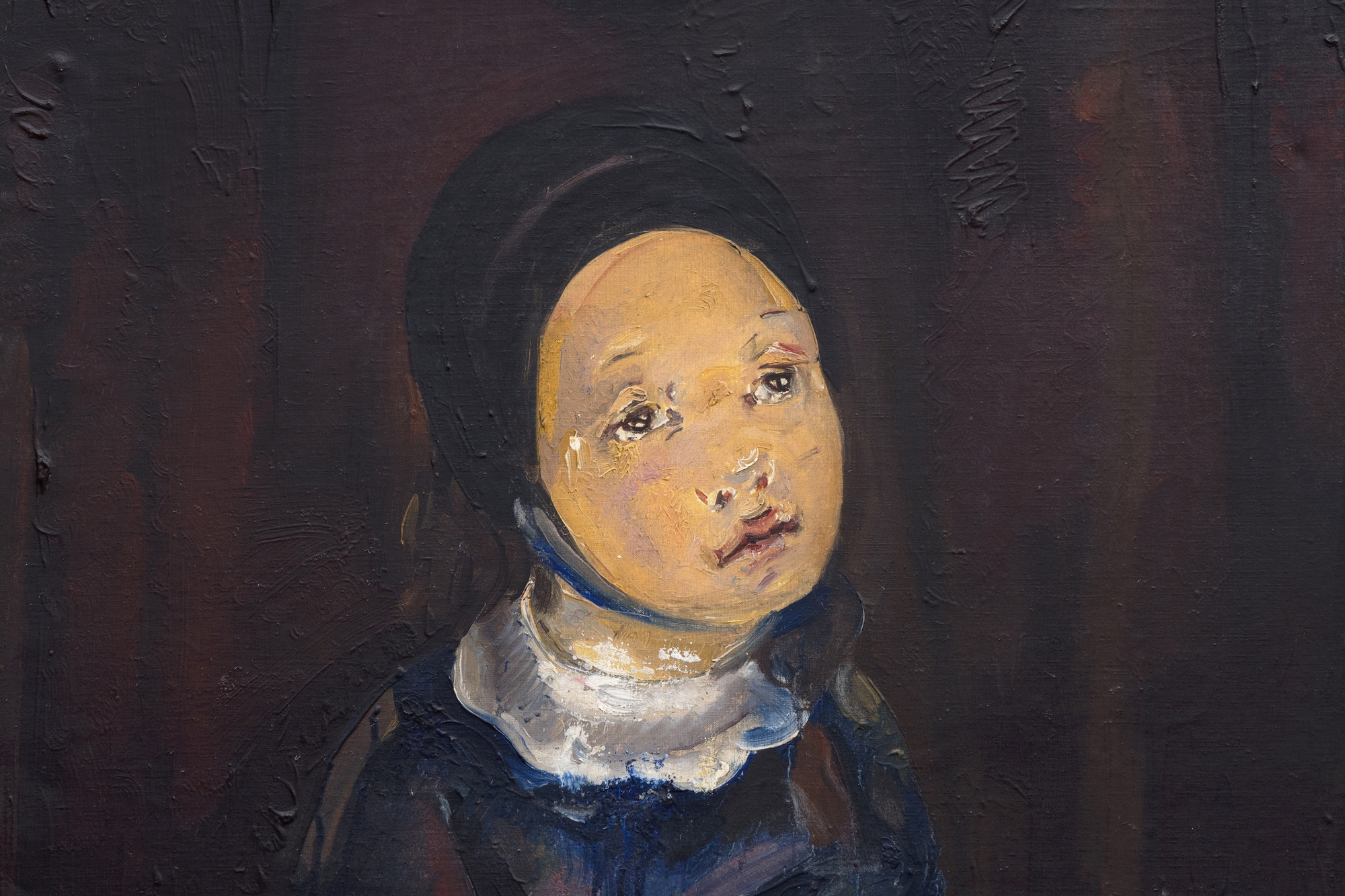
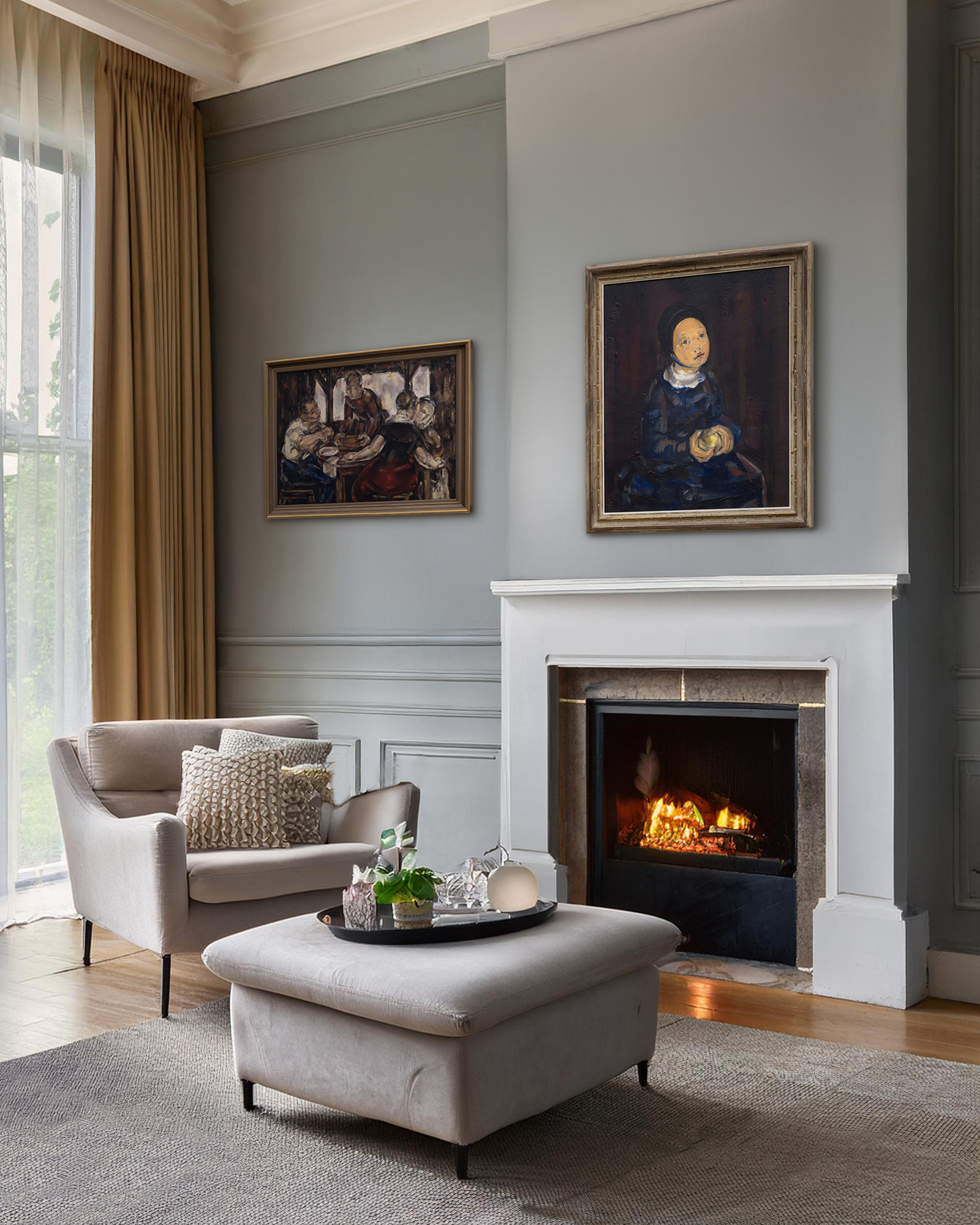
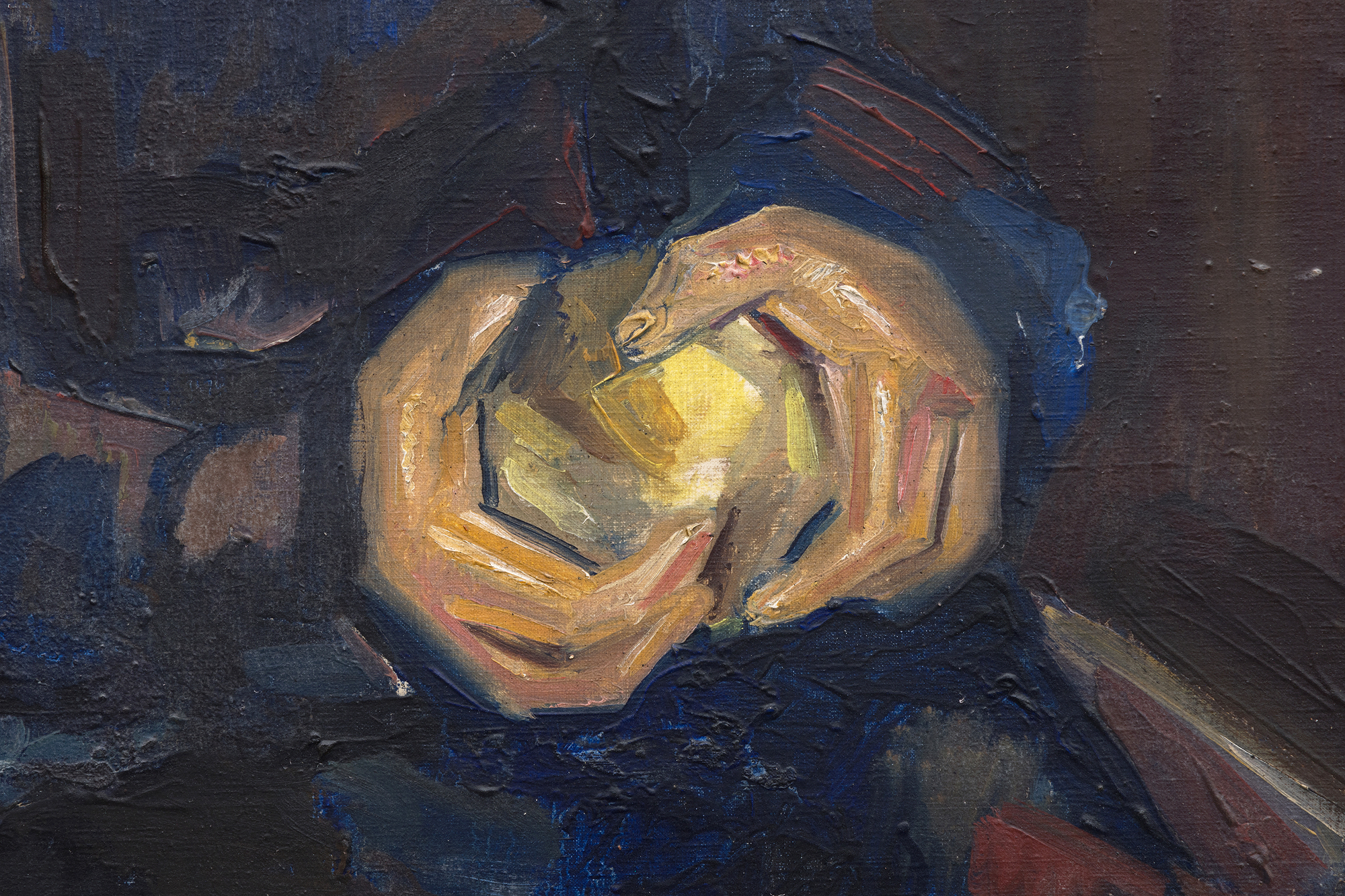
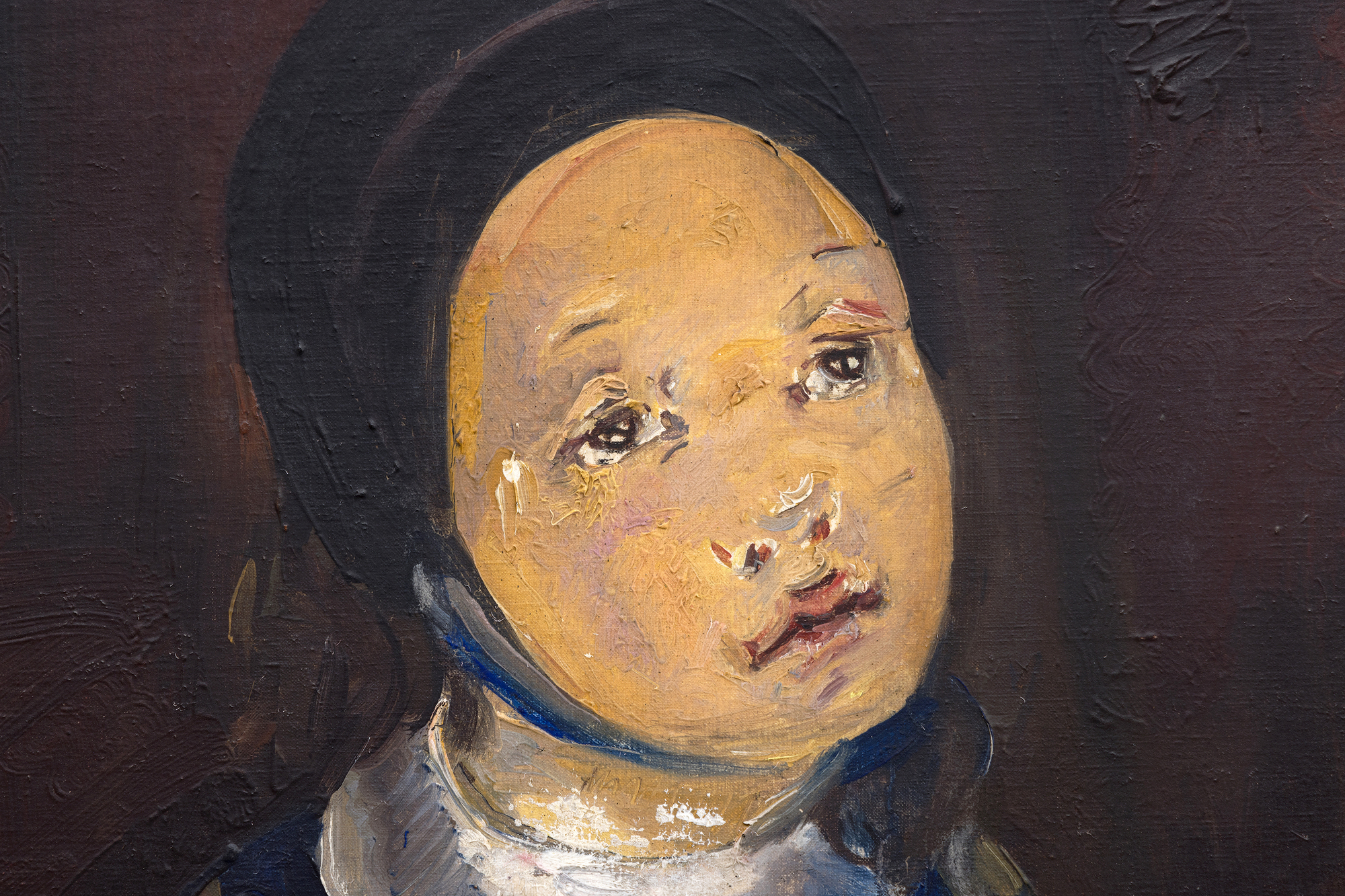
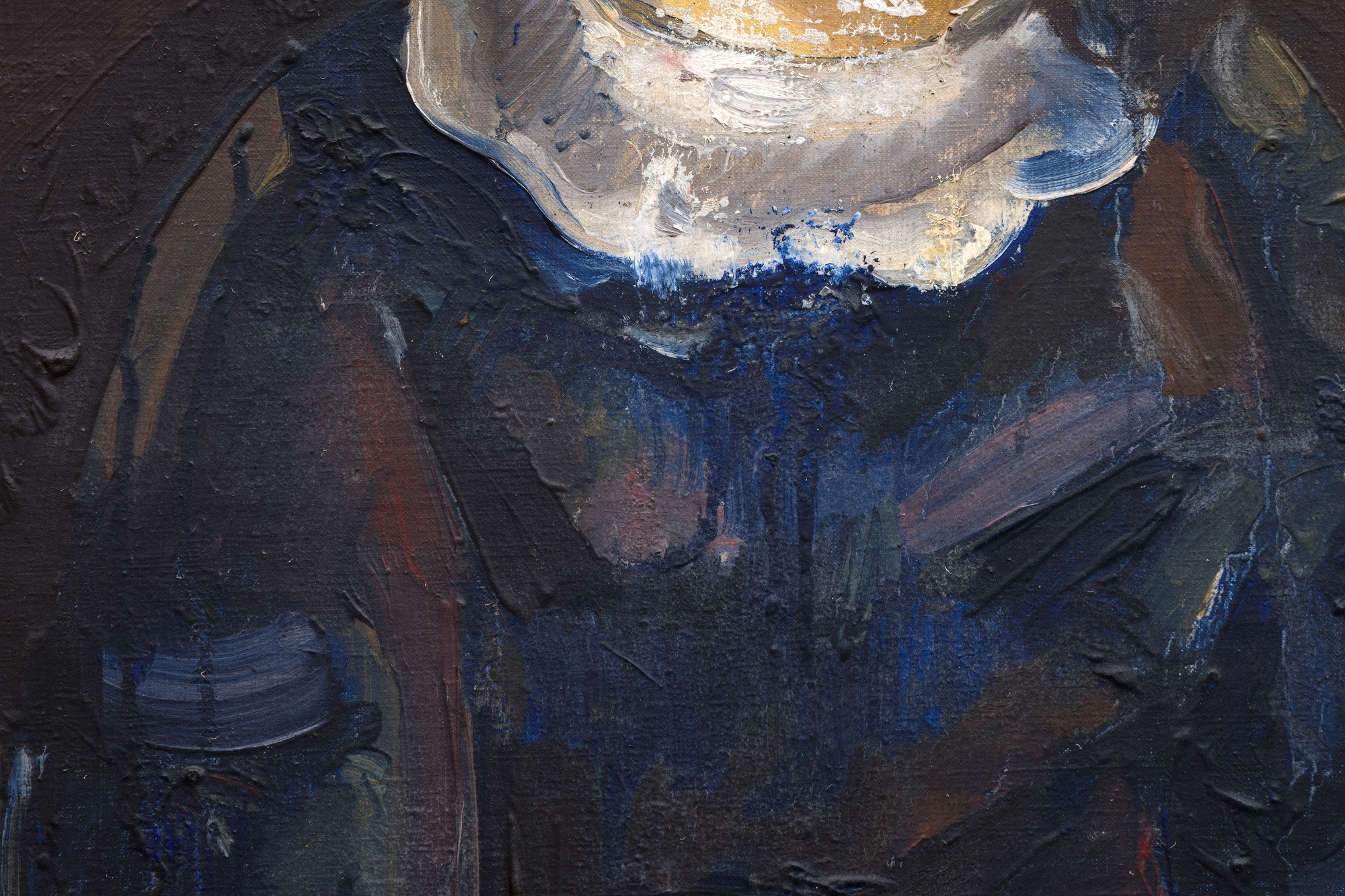
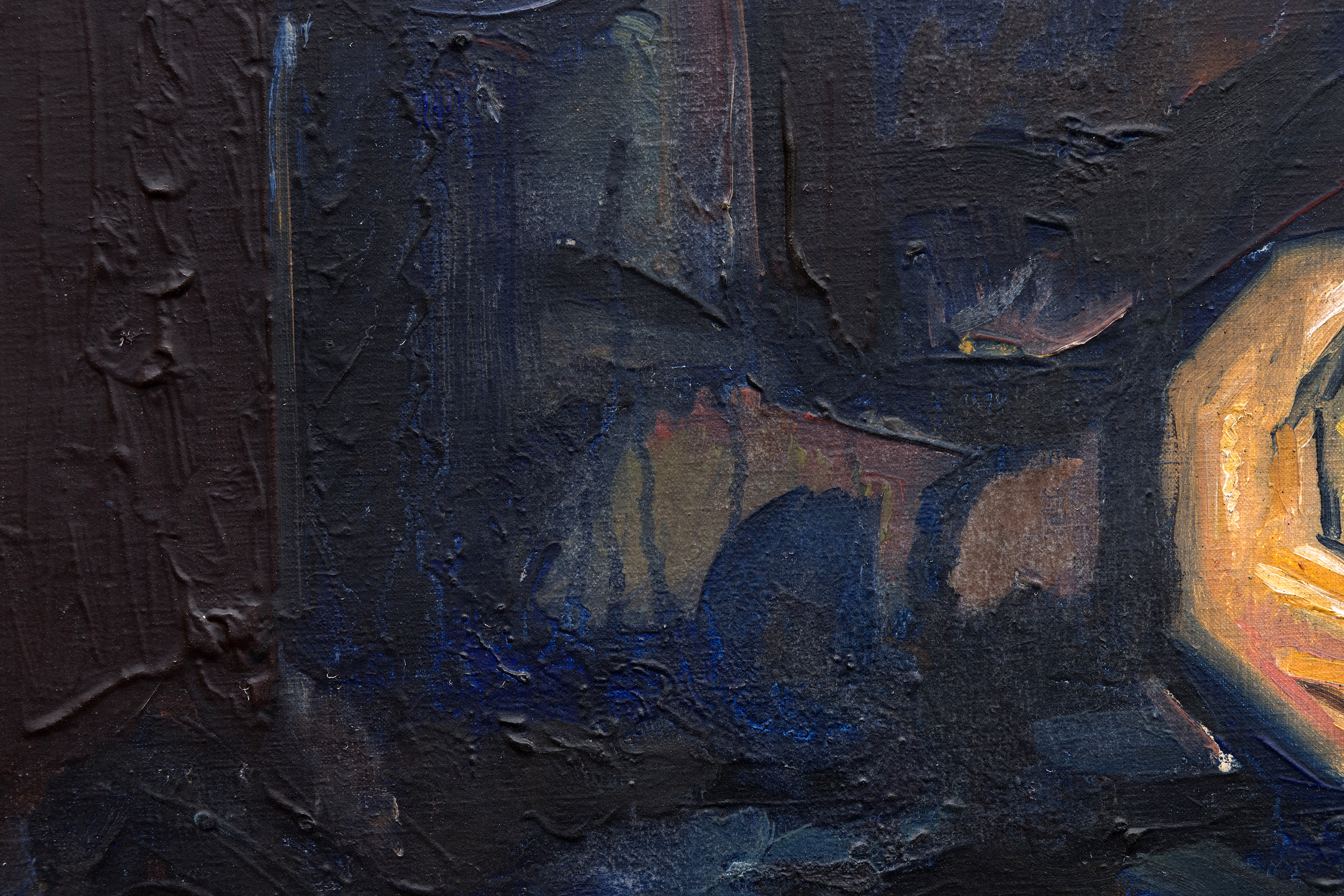
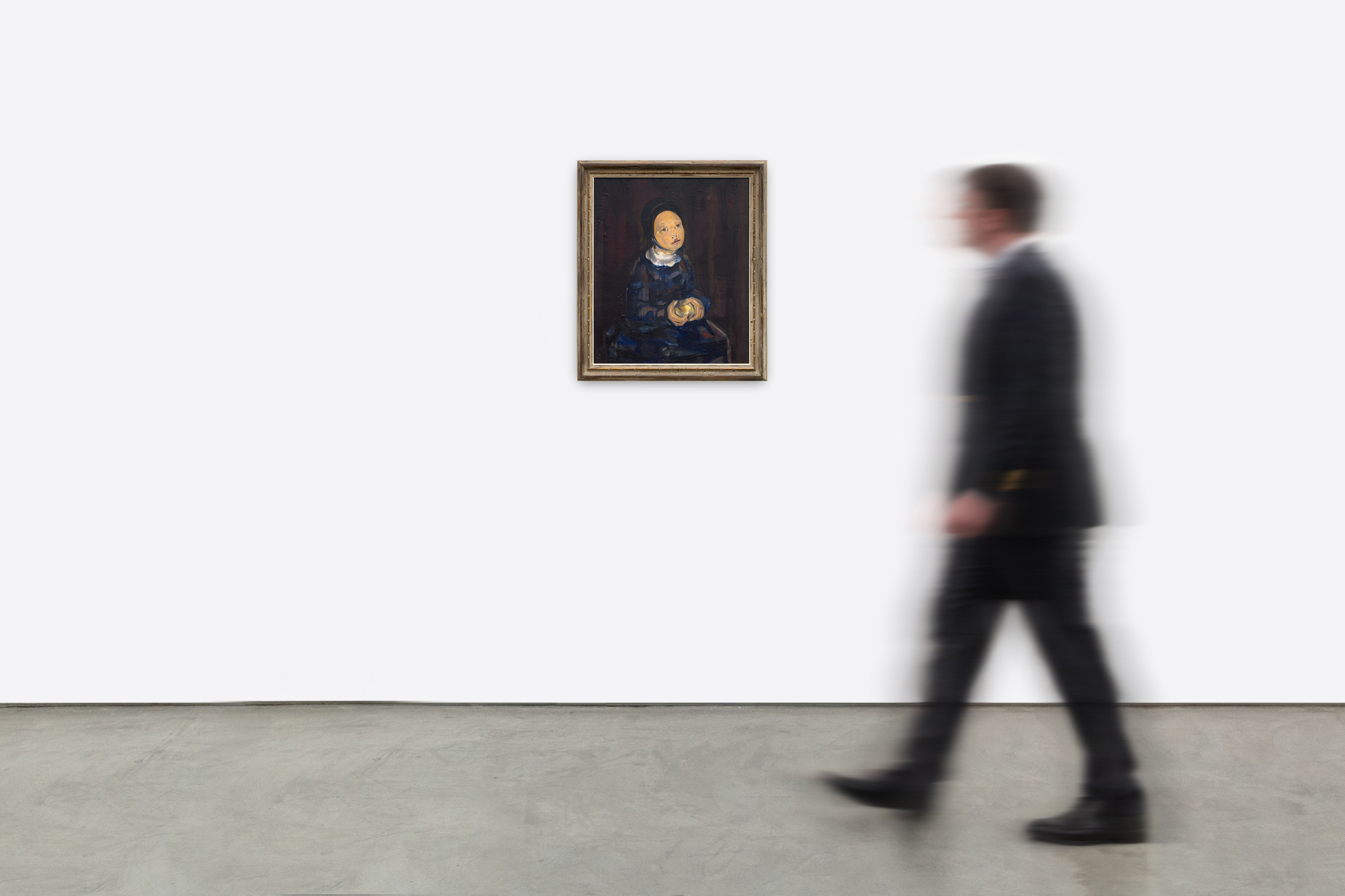
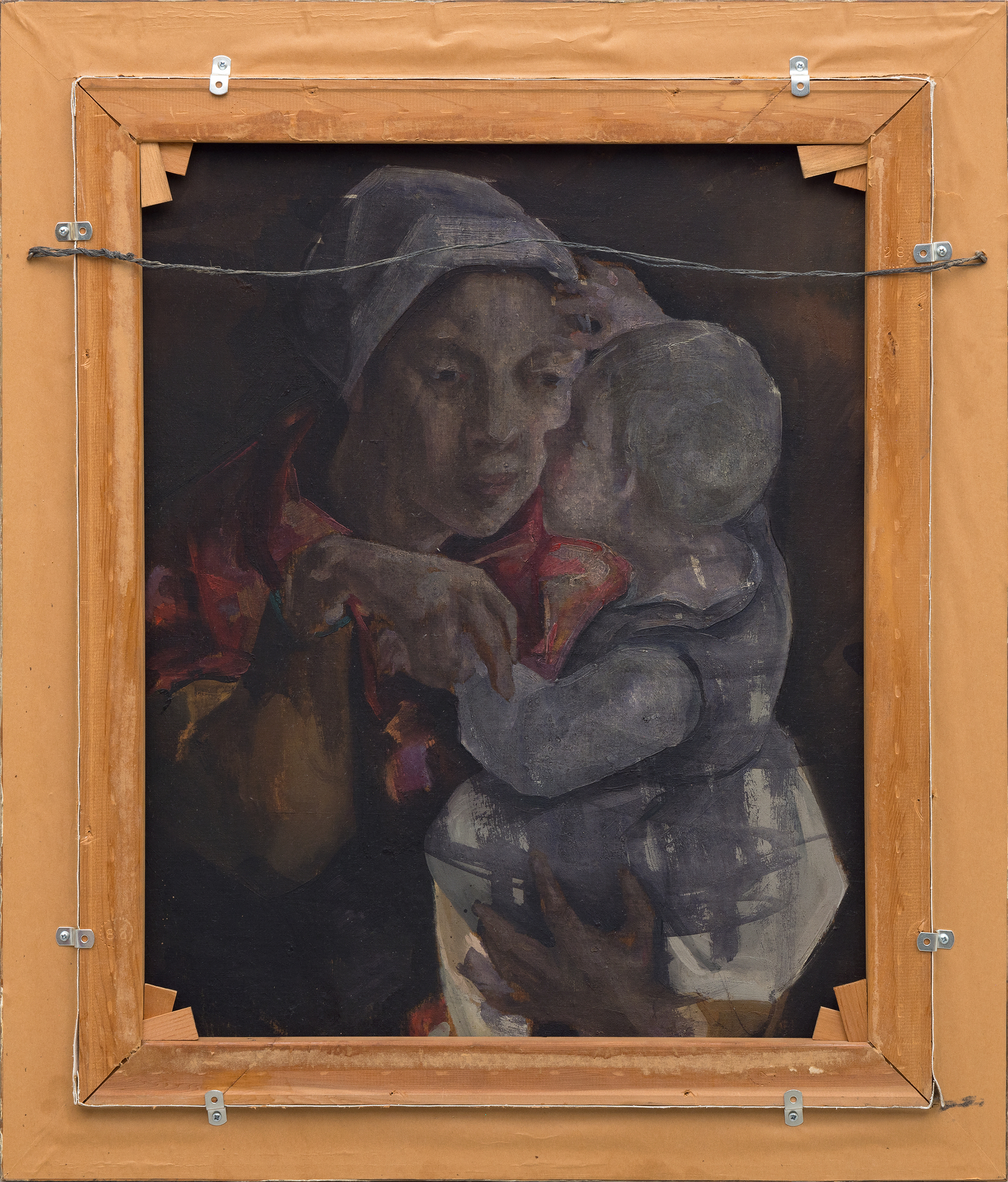
Procedencia
Colección de Carmen Egea Gutiérrez, sobrina del artistaColección privada, por descendencia
135,000
Las raíces cubistas de Blanchard, prominentes en el tratamiento anguloso de las manos y la manzana, se suavizan en el modesto atuendo de la muchacha, sugiriendo un significado espiritual o religioso. El semblante piadoso de la modelo y la paleta apagada de marrones, grises y azules refuerzan aún más la idea de que el cuadro continúa un hilo de temas religiosos, como se ve en la primera obra maestra de Picasso, "La Primera Comunión", y en la propia "Niña en su Primera Comunión" de Blanchard. La manzana que sostiene en la mano introduce capas de simbolismo, que a menudo representan el conocimiento, la inocencia o la tentación, una asociación que sugiere una transición emocional, que tiende un puente entre la infancia y una conciencia más profunda.
La habilidad de Blanchard para fusionar la forma cubista con la narrativa simbólica y la complejidad emocional hace de este cuadro un conmovedor reflejo de su evolución como artista. Humaniza las formas rígidas del cubismo al tiempo que impregna sus temas de profundidad y vida interior.


